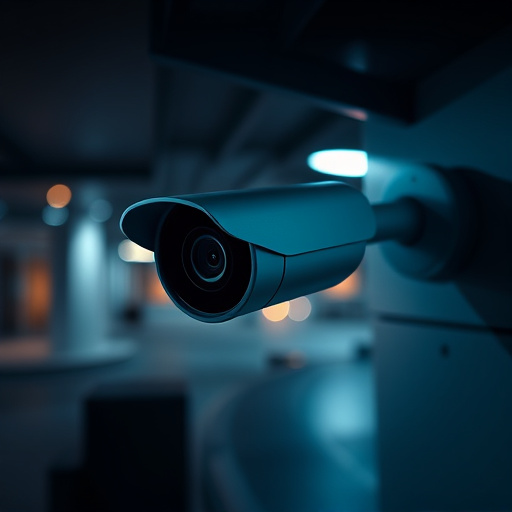This text explores the factors impacting the battery life of hidden cameras with built-in DVRs, emphasizing the importance of battery quality (lithium-ion vs. alkaline), compatible amperage and voltage, optimal operating conditions, efficient recording settings (resolution, frame rates), regular maintenance, and storage management to maximize surveillance duration without interruption. Remember that strategic adjustments in these areas directly contribute to extended operational lifespan for your hidden camera with built-in DVR.
Hidden cameras with built-in DVRs offer discreet surveillance, but their battery life can vary greatly. Understanding how factors like recording resolution, sensor type, and environmental conditions impact endurance is crucial for efficient use. This article guides you through choosing the right battery types for your specific hidden camera DVR model and provides practical tips to maximize battery lifespan, ensuring uninterrupted monitoring.
Understanding Hidden Camera DVR Battery Life: Factors Affecting Endurance
Understanding Hidden Camera DVR Battery Life: Factors Affecting Endurance
The battery life of a hidden camera with built-in DVR (digital video recorder) is a key consideration for anyone looking to deploy such a device. Several factors influence how long a hidden camera’s battery will last between charges or replacements. First, the quality and capacity of the battery itself play a significant role; higher-capacity batteries generally offer longer durations between recharges. Additionally, the operating conditions, including temperature and usage patterns, can dramatically affect battery performance. Continuous recording, for instance, will drain the battery faster than periodic or motion-activated modes.
The settings configured on the hidden camera DVR also contribute to battery life. Lowering video resolution, reducing frame rates, and enabling power-saving modes can extend battery endurance. Moreover, ambient light levels impact the camera’s energy consumption; well-lit areas may require less power compared to dim environments. Regular maintenance, such as keeping the camera clean and ensuring proper contact points, is crucial for maximizing battery life in hidden cameras with built-in DVRs.
Choosing the Right Battery: Types and Compatibility for Hidden Camera DVRs
Choosing the right battery for your hidden camera with built-in DVR is crucial for ensuring uninterrupted surveillance. Different batteries power these devices, from rechargeable lithium-ion to non-rechargeable alkaline. Lithium-ion batteries offer longer lifespan and faster recharge times, ideal for continuous monitoring. Alkaline batteries are more affordable and suitable for temporary setups or when frequent battery changes are acceptable.
When selecting a battery, consider your specific hidden camera model and its power requirements. Check the device’s manual to confirm compatibility with various battery types. Ensure you get batteries with sufficient amperage and voltage to meet your DVR’s needs, guaranteeing optimal performance and extended recording time.
Maximizing Battery Lifespan: Tips and Tricks for Efficient Hidden Camera Use
To maximize the lifespan of a hidden camera with built-in DVR, users should adopt several strategic tips and tricks. Firstly, adjust recording settings to balance quality and power consumption. Lowering resolution or frame rate can significantly extend battery life without compromising too much visual detail. Secondly, enable motion detection to avoid unnecessary power drain from constant recording. This feature ensures the camera only activates when movement is detected, conserving battery for extended periods. Regularly calibrate and update the device’s firmware to optimize performance and battery health. Additionally, keep the camera’s sensors clean and free from obstructions to ensure efficient operation. Lastly, monitor and manage storage space to prevent overflow, which can lead to increased processing and energy usage.
